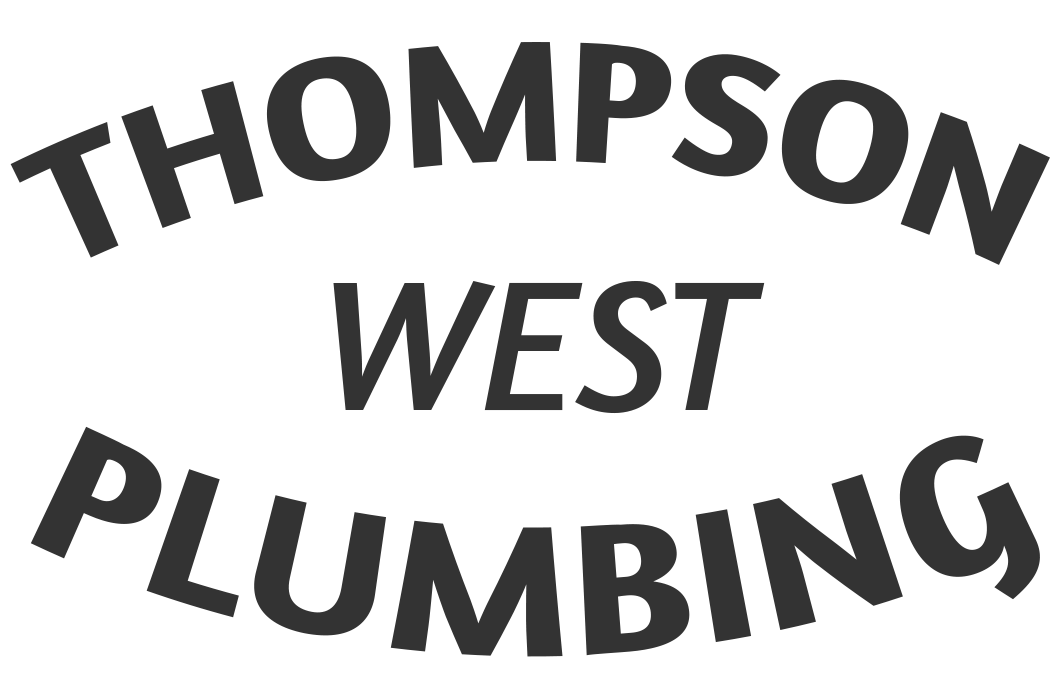Preventing Clogged Toilets
Preventing Clogged Toilets: Best Practices for a Trouble-Free Bathroom
A clogged toilet is more than just an inconvenience; it's a disruption to daily life that can lead to messy, unpleasant situations. Fortunately, most toilet clogs are preventable with some simple practices and regular maintenance. This guide will walk you through the best practices for keeping your bathroom trouble-free, ensuring that your toilet remains clear, clean, and fully functional.
Understanding the Causes:
Toilet clogs can occur for several reasons, but they're most often caused by flushing inappropriate items down the toilet, such as non-flushable wipes, feminine hygiene products, excessive toilet paper, and other foreign objects. Over time, these materials can accumulate and block the sewage line, leading to clogs.
Best Practices for Prevention:
- Know What Not to Flush: The only things that should be flushed down your toilet are human waste and toilet paper designed to disintegrate in water. Educate everyone in your household, including guests, about what shouldn't go down the toilet.
- Use Toilet Paper Sparingly: While toilet paper is designed to be flushable, using too much can cause clogs. Teach your family to use a reasonable amount and consider a two-flush approach if necessary: one to dispose of waste and another for the toilet paper.
- Regular Maintenance: Regularly cleaning your toilet can help prevent the buildup of mineral deposits and small clogs. Use a mild cleaner and a toilet brush to maintain cleanliness without damaging the plumbing.
- Install a Toilet Plunger and Auger in Every Bathroom: Having these tools on hand can help you address clogs quickly before they become severe. A plunger is suitable for minor clogs, while an auger (or snake) can help with more stubborn blockages.
- Consider Upgrading Your Toilet: If your home has an older toilet, it may be more prone to clogging due to less efficient flush mechanisms. Modern toilets are designed with better flushing capabilities and are more likely to handle waste and toilet paper effectively.
- Regularly Inspect Toilet Components: Ensure that the flush mechanism is working correctly and that there are no leaks in the tank. A malfunctioning toilet can contribute to clogging issues by not providing sufficient water flow.
When to Call a Professional:
Sometimes, despite your best efforts, a clog may be too tough to clear on your own, or you might suspect that the problem lies deeper within your home's plumbing system. If a plunger or an auger doesn't resolve the issue, or if clogs are a recurring problem, it's time to call in a professional plumber. Persistent clogs may indicate a blockage in the main sewer line or other serious plumbing concerns that require expert intervention.
Preventing clogged toilets is primarily about mindful usage and regular maintenance. By following these best practices, you can keep your bathroom running smoothly and avoid the inconvenience and expense of dealing with clogs. Remember, the key to a trouble-free bathroom is prevention. Educate your household, perform regular maintenance, and know when to call in the professionals for help. With a little effort, you can ensure that your bathroom remains a clean, comfortable, and clog-free space.
For professional plumbing assistance or more tips on maintaining your bathroom plumbing, feel free to contact Thompson West Plumbing in Carrollton, Ga. We're here to help keep your plumbing in top condition.
Proudly Serving:
Carrollton, Ga
Roopville, Ga
Whitesburg, Ga
Bowden, Ga
© Copyright 2024 | All Rights Reserved
